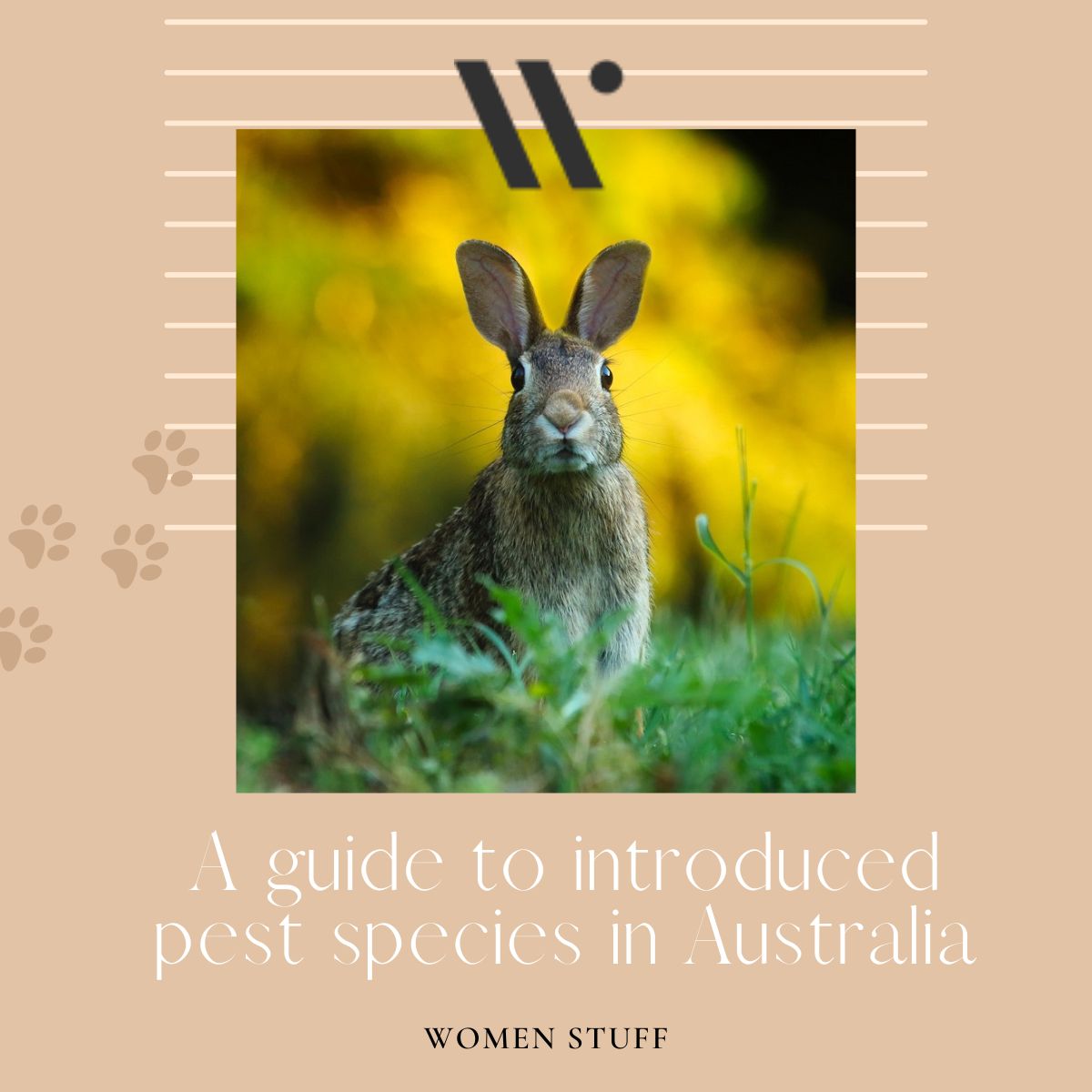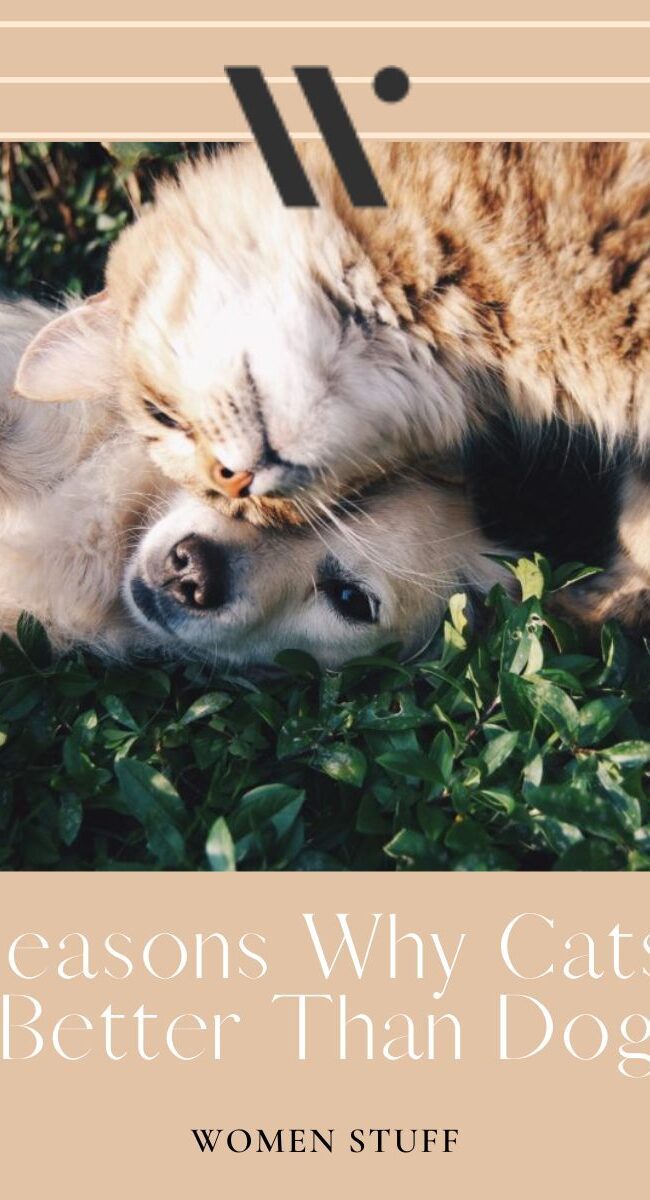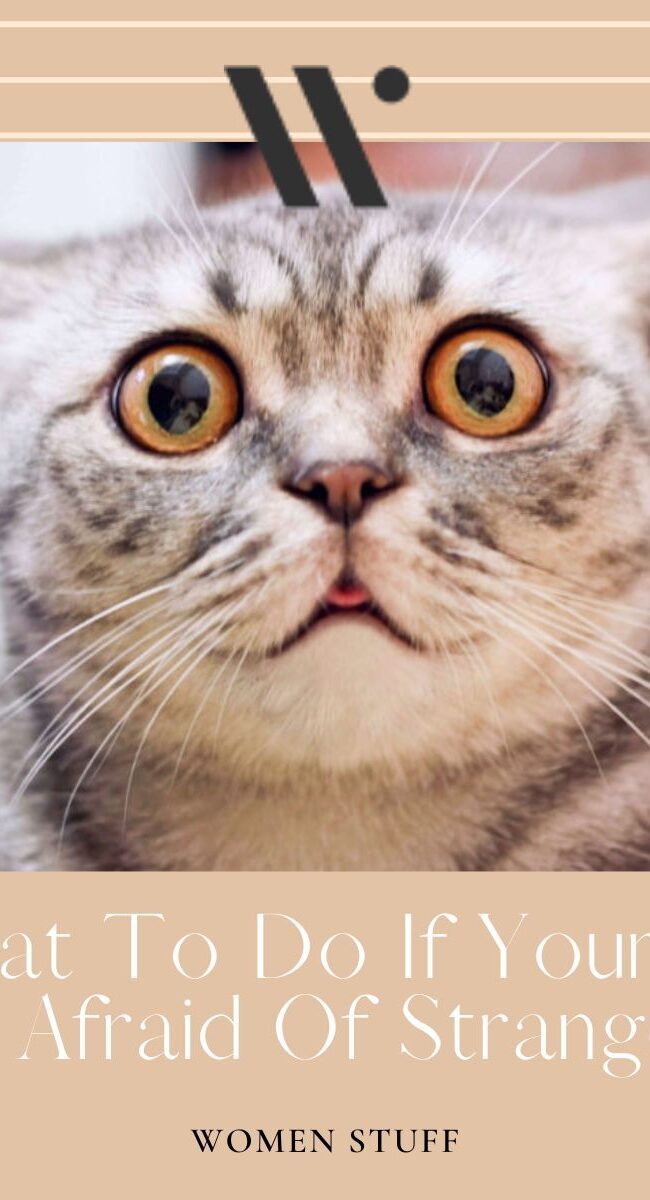
A guide to introduced pest species in Australia
Pests can be confusing…and annoying, yes. Like bugs, rodents, and other crawling creatures, sometimes it’s hard to identify them especially when their form is foreign to us. While some are beneficial for the land, others are just there to give us a headache, and once we spot them, we just want to get rid of them.
Introduced species, better known as invasive species, are creatures that are generally not native to a country. They originate from a particular country and might have migrated due to various reasons. Factors like migration, hunting, and accidental travel may have caused such species to inhabit the land sometime before. With this, it is generally a no-brainer to spot them, for you to be careful if you happen to encounter one during a random day.
In Australia, several invasive species have been on the landscape for some time. However, they aren’t initially of Australian origin and may have just populated when one or two came about.
Here’s a list of the most common introduced pest species in Australia:
Black Rats
The black rat was native to India but inhabited Australia due to colonization in the 1800s. They have been brought through the land and spread offshore along with shipwrecks due to the pearling industry. These rodents are particularly scavengers, but they also are opportunistic feeders of what’s available in the environment, where they can feed on plants, birds, small mammals, lizards, large insects, and even seedlings. This affects the native ecosystem in Australia, as the rodents can cause a huge threat to the native animals; they have also widely been recorded to prey on the eggs of native bird species, which can cause a great extinction of endemic species in a particular landscape. Worse, vegetation is something that they do not just let pass.
European Rabbits
As cuddly and cute as they can be, these furry balls of cuteness are considered pests in Australia. They are foreign to the land and have been brought by European settlers in the mid-1800s to be of recreational use – letting them roam around estates and hunting them after. By the start of the 1900s, rabbits had overpopulated many areas in the regions of Australia; creeks, riverbanks, gullies, and even rocky outcrops. However, they have been considered pests as they can vastly affect the flora and fauna, which connotes their diets. Rabbits are also considered selective grazers, and they prefer plants or parts of a plant that has the highest nutritional content (roots and seeds for example). Thus, they also compete with the native herbivore animals which affect the availability of food for natives. Nevertheless, their density influences the migration of predators from other areas, where they are considered prey.
European Bee
We all know that bees are good for plants to pollinate. However, this type of bee is considered an invasive pest to Australia, as they can compete with native bees when it comes to feeding and pollinating. European bees were introduced to Australia 180 years ago, and they have been known to be one of the most aggressive invasive pest species since they came. Consequently, they pose a great threat to the black cockatoo, small parrots, and mammals such as possums and bats because they compete for food – these tiny black and yellow creatures often sting or swarm their competitors, leaving them to swell and eventually die. It has also been found that some Aussies are allergic to their venom, and can kill up to 2 Australians per year.
Red Imported Fire Ant
While ants can seemingly be a non-threat to humans, these types of ants are invasive and also a pest for the whole Australian native ecosystem. Fire ants were introduced to Australia in 2001, following the importation of plants, seeds, turf, and shipping containers. As small as they can be, they still create a big threat to native invertebrates, vertebrates, and plants. They are also known to destroy seeds, and can also scavenge competing with other arthropods. They can suck on the flora and fauna that may decrease advantageous pollination, and can rapidly develop extensive colonies in residential and suburban areas. Nevertheless, they have also been seen to swarm in schools, backyards, and golf courses, and can injure pets with their sting. Allergic reactions from stings are also a grave threat for humans, which can cause severe allergies, and ultimately, death.
Cane Toad
Some may be afraid, and some maybe not – how can frogs affect you when they’re just tiny, right? Well, think again. There are many toads in Australia, but cane toads are definitely one of the worst. These toads are known to be predatory, competitive, and obnoxiously poisonous where they can kill extinct native animals. Consequently, while some native animals eat frog eggs and toads, cane toads kill their competitors for food. These tiny little green pests are not what you want to meet, and they sure can be harmful and toxic to humans too.
There are still a lot of mammals, plants, and insects that are considered invasive pest species in Australia. While some may be cute and cuddly, they still pose a great threat to the native ecosystem of the land. Hence, learn and be knowledgeable when it comes to them – you’ll never know when you’ll meet some or may even become their travel buddy to migrate to another place.





